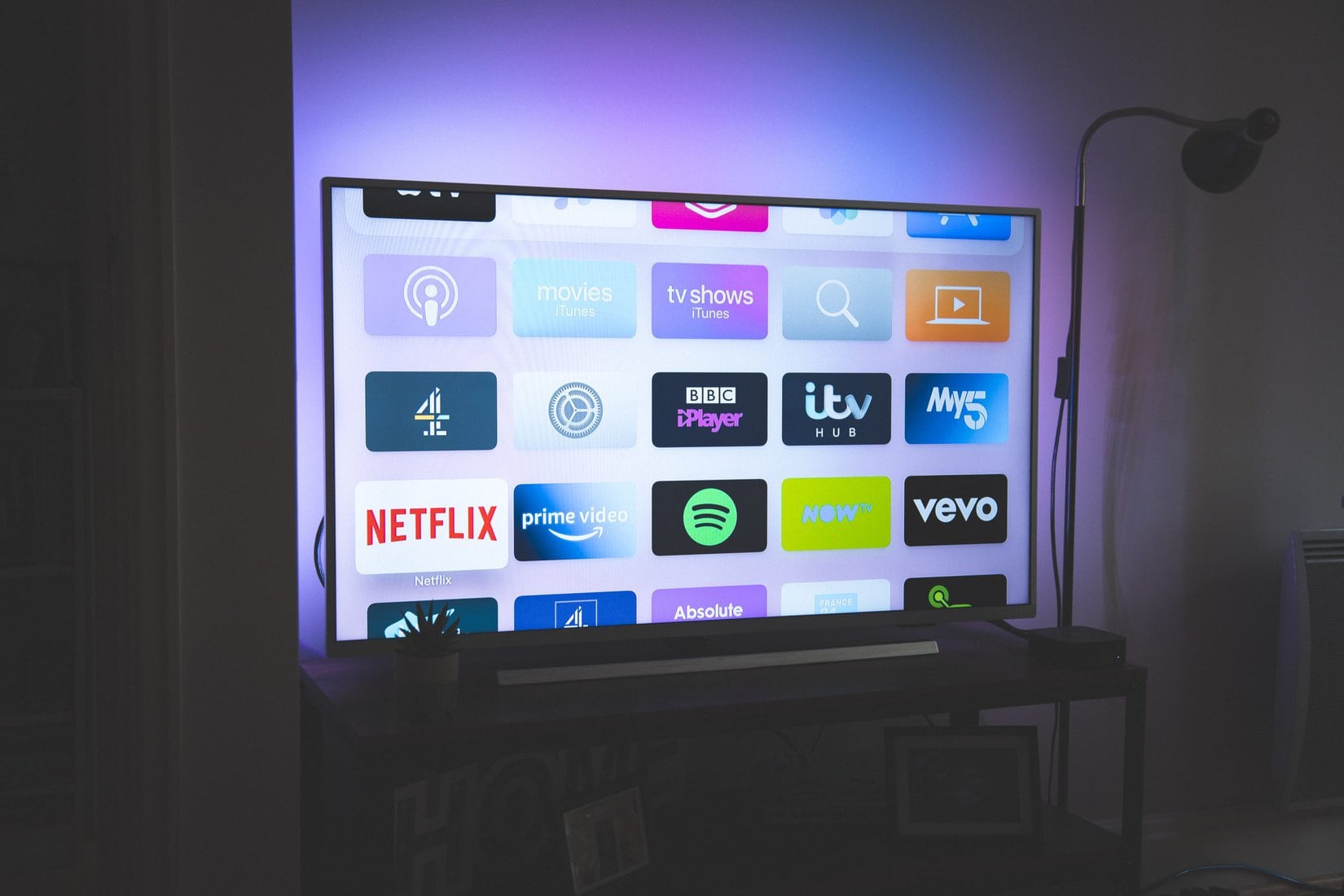Have you ever found yourself in need of a way to stream your favorite movies and TV shows for free? Look no further than sites like PutLocker, the enigmatic online platforms that seem to offer endless entertainment without any apparent cost. But have you ever wondered how these sites actually work? How do they manage to provide access to such a vast library of content without charging their users a dime? In this article, we will delve into the intriguing world of sites like PutLocker, exploring their inner workings and shedding light on the mechanisms that allow them to operate within the complex landscape of online media distribution.
Introduction: Understanding the Popularity of PutLocker
PutLocker has carved its place as one of the most popular streaming sites today, with its large database of movies and TV shows attracting millions of users every day. The key to understanding PutLocker’s popularity lies in the convenience it offers – users can access a vast selection of entertainment without any cost or commitment. This aligns with the modern desire for instant gratification and ease of access, making it an attractive option for those looking to consume media on their own terms.
Furthermore, PutLocker’s user-friendly interface and seamless streaming experience have helped bolster its reputation as a go-to platform for entertainment. In a world where people are increasingly turning to digital means for their daily needs, this accessibility makes sites like PutLocker immensely appealing. It’s important to recognize that while the legality of such platforms is often questioned, they continue to thrive due to the unmatched convenience they provide.

Legal Status: Legality of Streaming and Hosting
The legality of streaming and hosting is a complex and contentious issue that continues to evolve with advancements in technology. While the act of streaming or hosting copyrighted content without permission is illegal, the responsibility often falls on the platforms themselves rather than individual users. These platforms operate under a legal framework that holds them accountable for the content they host, making it crucial for them to implement robust mechanisms for copyright enforcement.
In recent years, there has been a heightened crackdown on streaming and hosting sites that facilitate copyright infringement. This has led to increased pressure on these platforms to monitor and remove unauthorized content promptly. Additionally, legal battles between content creators and streaming/hosting services have highlighted the importance of understanding the legal implications of such activities, signaling a paradigm shift in how these platforms operate within the bounds of the law. As technology continues to advance, staying abreast of the legal status surrounding streaming and hosting remains pivotal for both platform operators and consumers alike.
Technology: Exploring File Sharing and Streaming Methods
Technology has revolutionized the way we share and stream files, offering a multitude of methods that continue to evolve. From traditional peer-to-peer (P2P) file sharing to cutting-edge streaming services, the landscape is vast and ever-changing. P2P networks, once synonymous with controversy due to piracy concerns, have matured into legitimate platforms for content distribution. Services like BitTorrent enable users to download large files by simultaneously uploading portions of them, creating a decentralized network that’s resilient to outages.
On the other hand, streaming methods such as adaptive bitrate (ABR) technology offer seamless playback experiences by adjusting video quality based on network conditions. By optimizing bandwidth usage and minimizing buffering, ABR contributes to a smoother viewing experience for audiences worldwide. Content delivery networks (CDNs) play a crucial role in this space by distributing media assets across multiple servers geographically close to end users. These advancements play a pivotal role in democratizing access to high-quality entertainment while ensuring creators receive their rightful compensation.

Business Model: Revenue Generation and Monetization Strategies
When it comes to understanding how sites like PutLocker work, the topic of revenue generation and monetization strategies is crucial. PutLocker, along with many other streaming sites, often employ a combination of advertising revenue and subscription models to generate income. Through strategic partnerships with ad networks, these platforms are able to capitalize on the large volume of traffic they receive by displaying targeted advertisements to their audience. Additionally, some sites offer premium subscriptions that provide users with ad-free viewing experiences and exclusive content access for a monthly or annual fee.
Another important aspect of revenue generation for sites like PutLocker is affiliate marketing. These platforms often partner with online retailers or other service providers to promote products or services in exchange for a commission on sales generated through their referral links. This allows them to monetize their user base without solely relying on traditional advertising methods. Furthermore, leveraging data insights and user behavior analytics can also play a significant role in revenue generation by enabling targeted promotions and personalized content recommendations, ultimately enhancing the overall user experience while driving monetization opportunities.
Overall, the intricate dance between advertising, subscriptions, affiliate marketing, and data-driven strategies is what fuels the revenue generation and monetization efforts of sites like PutLocker. By diversifying their income streams and continually evolving their business models based on industry trends and consumer behaviors, these platforms are able to navigate the complex landscape of digital content distribution while maintaining sustainable financial success. Understanding these strategies sheds light on how such sites effectively balance user engagement with financial sustainability in an ever-changing digital ecosystem.
Copyright Issues: Addressing Piracy and Infringement Concerns
Copyright issues, particularly piracy and infringement concerns, continue to pose significant challenges in the digital age. With the rise of streaming sites like PutLocker, the issue of unauthorized distribution and consumption of copyrighted content has become more prevalent. Addressing this problem requires a multi-faceted approach that encompasses legal reforms, technological solutions, and user education.
One potential solution lies in the development of robust digital rights management (DRM) technologies that can effectively protect copyrighted content from unauthorized access and distribution. Additionally, increasing public awareness about the negative impact of piracy on content creators and copyright holders is crucial in fostering a culture of respect for intellectual property rights. Furthermore, collaboration between governments, technology companies, and industry stakeholders is essential to create comprehensive frameworks that deter piracy while ensuring fair access to creative works.
Ultimately, addressing piracy and infringement concerns necessitates a concerted effort from all parties involved to uphold copyright laws while also embracing innovative solutions to adapt to changing digital landscapes. By fostering greater collaboration and understanding among stakeholders, it’s possible to mitigate the damaging effects of piracy on content creators while promoting responsible consumption of digital media.

Security Measures: Protection Against Cyber Threats
In the current digital landscape, it is crucial for websites like PutLocker to implement robust security measures to safeguard against cyber threats. One of the most effective methods is the use of multi-factor authentication, which adds an extra layer of protection by requiring users to provide two or more forms of verification before accessing sensitive data. Additionally, regular security audits and penetration testing can help identify and address vulnerabilities before they are exploited by malicious actors.
Another essential security measure is the implementation of a Web Application Firewall (WAF) to monitor and filter HTTP traffic between a web application and the Internet. By analyzing incoming traffic and blocking potentially harmful requests, WAFs can effectively mitigate various cyber threats such as SQL injection, cross-site scripting, and DDoS attacks. Moreover, continuous user education on best practices for online safety can empower both website administrators and visitors to recognize and respond to potential security risks proactively.
Conclusion: The Impact and Future of Sites like PutLocker
In conclusion, the impact of sites like PutLocker has been significant in reshaping the way people consume media content. These free streaming platforms have provided easy access to a wide range of movies and TV shows, impacting traditional distribution models and challenging the industry’s status quo. However, their future remains uncertain due to copyright infringement issues and the legal crackdown on such websites.
Looking ahead, it’s clear that online streaming platforms will continue to evolve, offering new business models and technologies to meet consumer demands while addressing copyright concerns. The rise of legitimate streaming services like Netflix and Disney+ indicates a shift towards more sustainable and lawful alternatives. As technology advances, we can expect a more diverse landscape where users have access to affordable and legal options for consuming their favorite entertainment content. The future of sites like PutLocker may ultimately depend on how they adapt to these changing dynamics or face obsolescence in an increasingly regulated digital environment.

